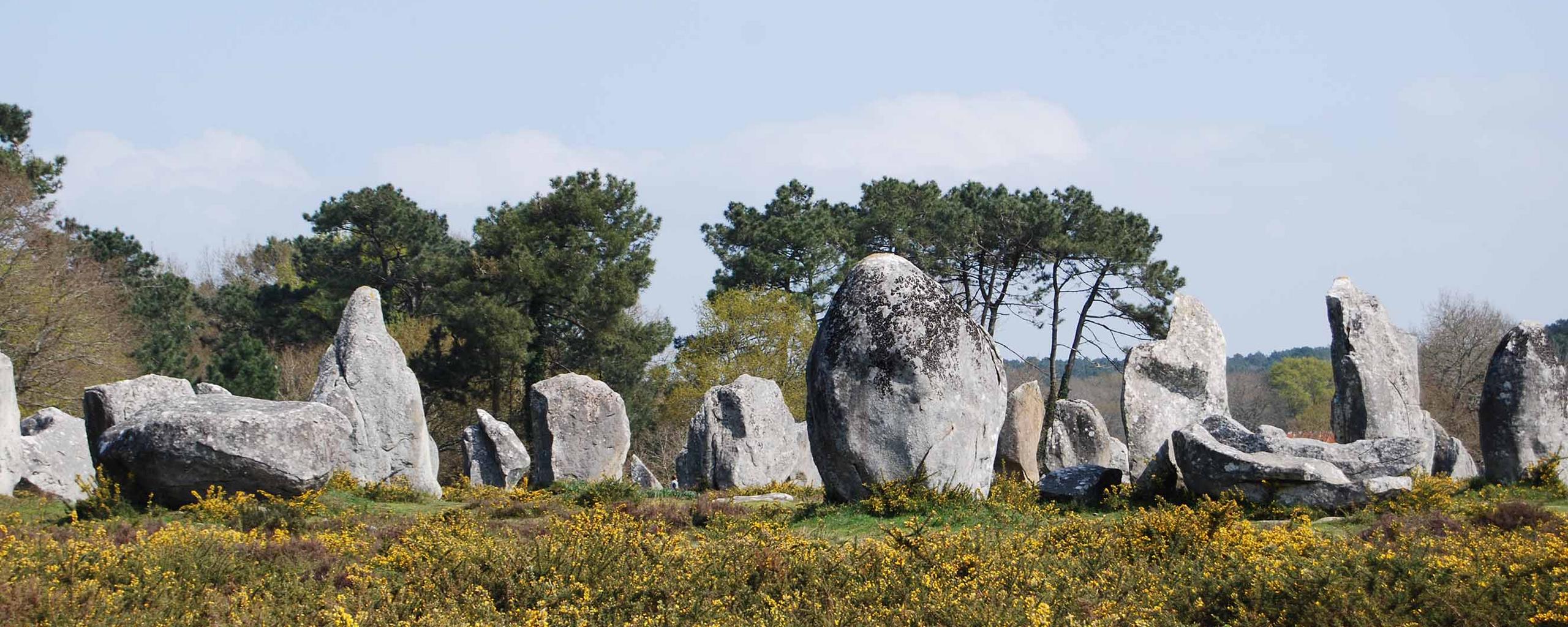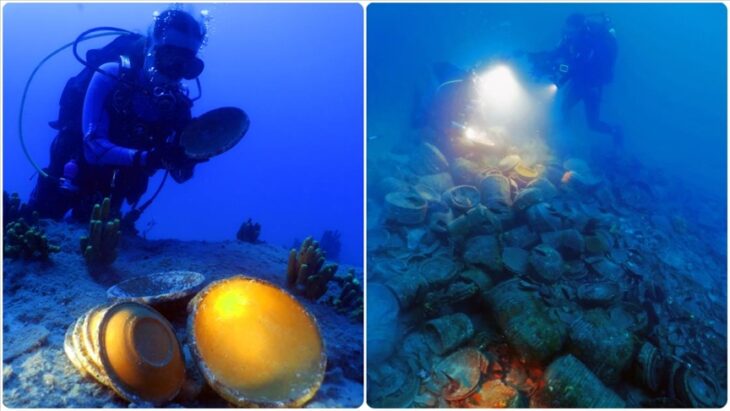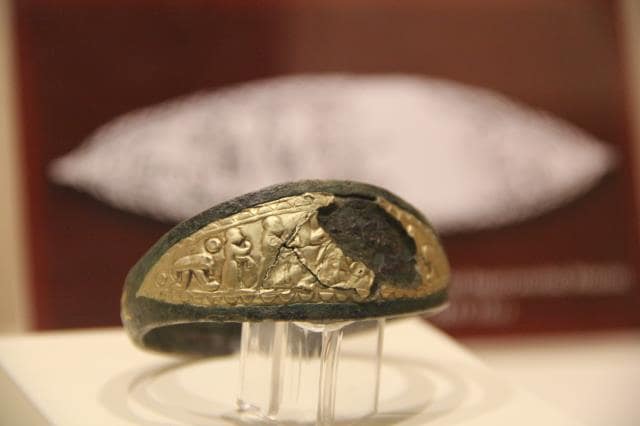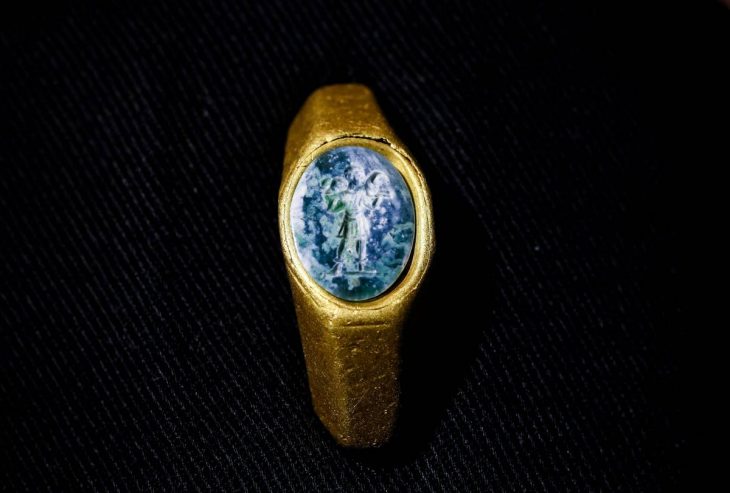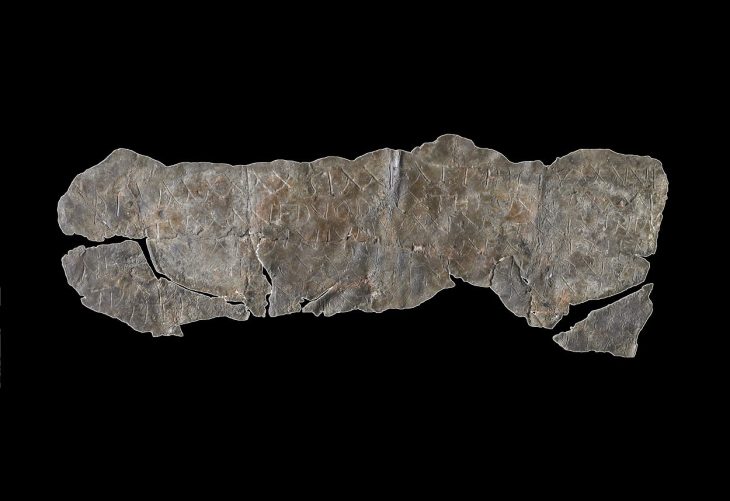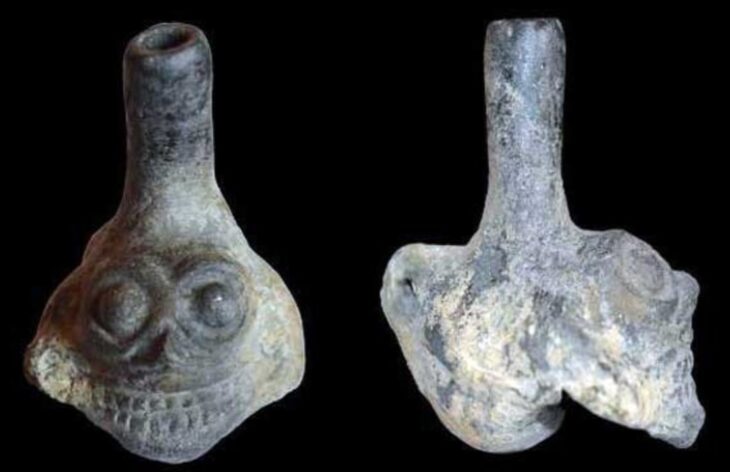New research reveals that the Carnac alignments in Brittany may be Europe’s oldest megalithic monuments, pushing back the timeline of Neolithic monument building by centuries.
The mysterious stone alignments in Carnac, Brittany, long shrouded in speculation and myth, have now revealed their ancient origins. Thanks to a groundbreaking Franco–Swedish collaboration under the NEOSEA project, archaeologists have precisely dated parts of the Carnac complex, placing them among the earliest megalithic monuments in Europe, alongside icons like Stonehenge, Menga, and the Megalithic Temples of Malta.
The findings, published as open access in the prestigious journal Antiquity, mark a significant leap forward in our understanding of Neolithic Europe, reshaping the timeline of megalithic construction and shedding light on early societal practices.
Dating the Megaliths: 4600–4300 BCE
Led by Dr. Bettina Schulz Paulsson of the University of Gothenburg, the NEOSEA research team uncovered and analyzed a previously unstudied section of the Carnac complex—Le Plasker in Plouharnel. Excavated by Archeodunum, the site yielded nearly 50 radiocarbon dates, analyzed using Bayesian statistical modeling.
“This allows us to reconstruct the site’s history with unprecedented chronological precision,” says Dr. Schulz Paulsson.
📣 Our WhatsApp channel is now LIVE! Stay up-to-date with the latest news and updates, just click here to follow us on WhatsApp and never miss a thing!!
These results date key stone alignments to between 4600 and 4300 BCE, predating many other European megaliths and establishing the Bay of Morbihan as the cradle of megalithic culture in Europe.
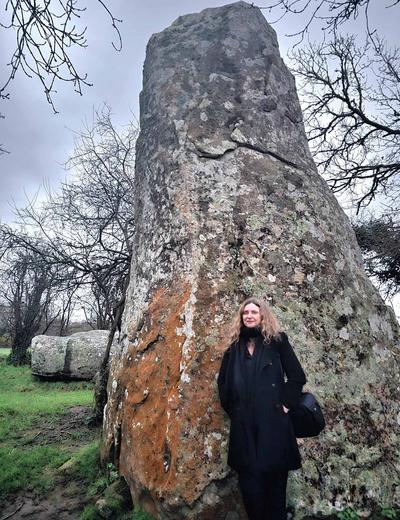
A Monumental Discovery Beneath Modern Ground
The Le Plasker excavation—carried out before the development of a 7,000 m² business park—unveiled more than just stones. Beneath layers of sediment, archaeologists discovered:
Foundation pits of removed megaliths, aligned in rows
Fire-related features, such as cooking or hearth pits, possibly used in rituals
A monumental tomb built around 4700 BCE, directly over the remains of a Mesolithic hunter-gatherer hut
The proximity of domestic and ceremonial features suggests a complex social fabric, where early Neolithic communities commemorated their dead and possibly celebrated rites with fire, food, and feasting.
Why This Matters: Beyond Dating
The acidic soils of the Morbihan region have long prevented the preservation of bones and other organic material, making precise dating a major challenge. But by combining systematic sampling, charcoal analysis, and advanced Bayesian modeling, researchers overcame this limitation.
“With a large enough dataset, even in poor preservation conditions, we can achieve extraordinary accuracy,” Dr. Schulz Paulsson explains.
The study redefines not just the age of Carnac’s monuments, but also our broader understanding of Neolithic engineering, ritual, and land use.
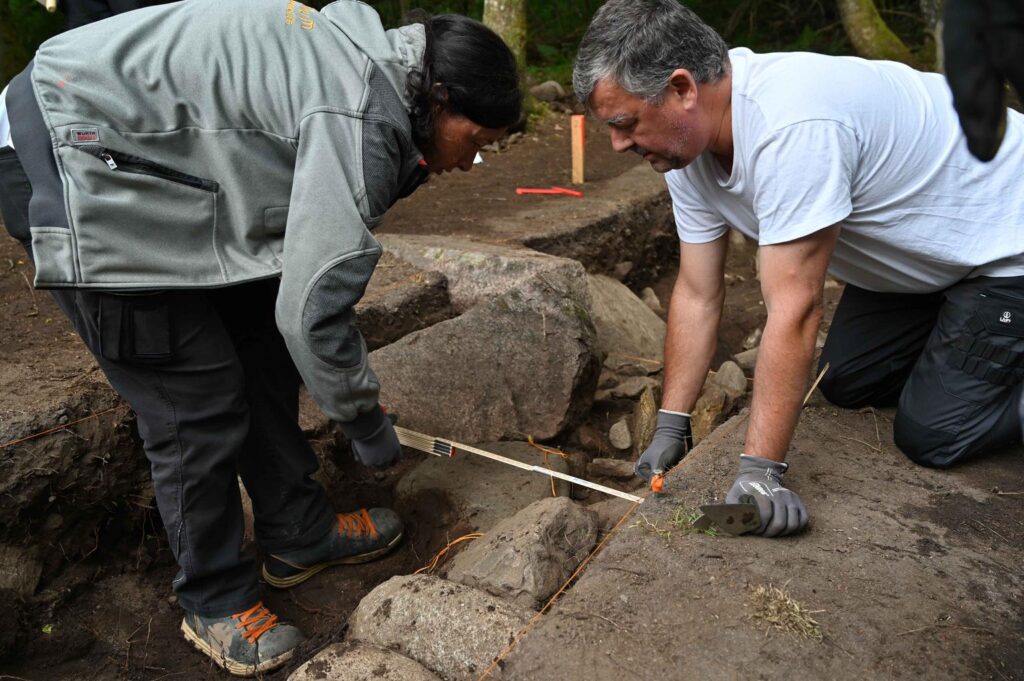
Open Questions: The Purpose of the Alignments
Despite the chronological clarity, the function of the Carnac alignments remains an enigma. Theories range from territorial markers and ceremonial pathways to astronomical observatories or feasting grounds.
Ongoing analysis of sediment layers, stone fragments, and hearth residues may eventually reveal the rituals and beliefs of these early builders.
Europe’s Oldest Megalithic Landscape Comes Into Focus
With over 3,000 stones once stretching across 10 kilometers, Carnac remains one of Europe’s most astonishing prehistoric landscapes. Thanks to modern science and international collaboration, we now know that Carnac’s builders were among the first in Europe to reshape the landscape with monumental stone architecture.
As further excavations continue, the stones of Carnac may finally begin to speak.
Blanchard, A., Guyodo, J.-N., Paulsson, B. S., & Montassier, F. (2025). Le Plasker in Plouharnel (fifth millennium cal BC): a newly discovered section of the megalithic complex of Carnac. Antiquity, 1–20. doi:10.15184/aqy.2025.10123
Cover Image Credit: The Carnac stones are an exceptionally dense collection of megalithic sites near the south coast of Brittany in northwestern France. Credit: Bettina Schulz Paulsson

